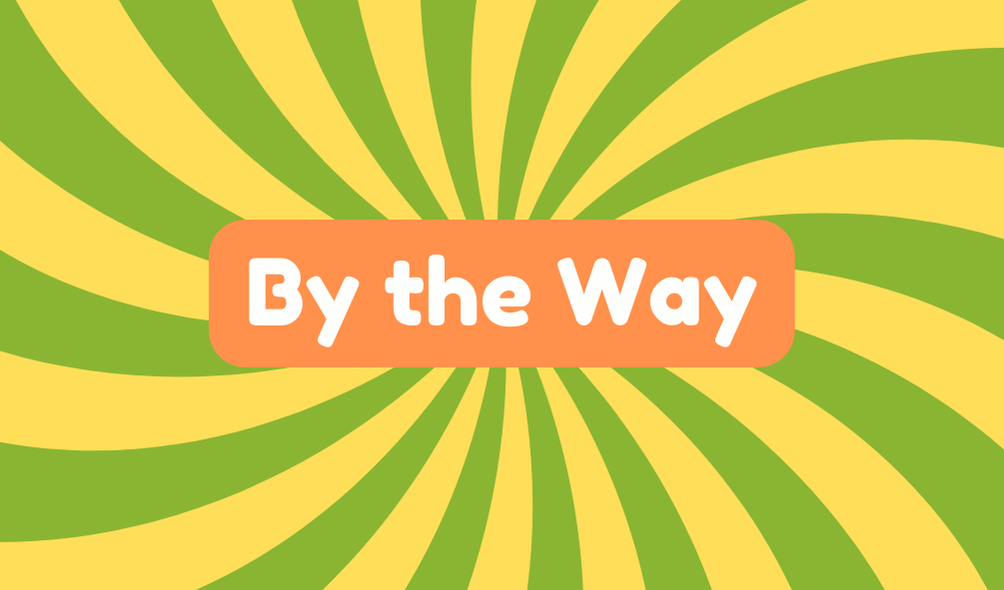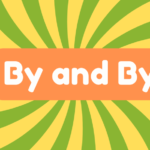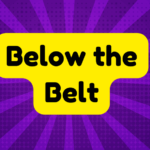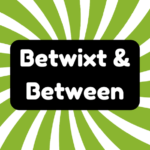The phrase "by the way" is commonly used to introduce a new topic or additional information in conversations. Although it lacks clear historical roots, its casual nature aligns with modern informal communication styles. Essentially, it facilitates smooth topic shifts, keeping the dialogue engaging. However, overusing it can lead to confusion or miscommunication. Understanding its role in conversation is essential, and there are many nuances that offer deeper insights into its effective usage.
Synonyms
In everyday conversations, finding the right words can greatly enhance communication, and "by the way" is no exception. This phrase can be substituted with synonyms that maintain a similar informal tone, providing seamless shifts in dialogue.
Here are three remarkable alternatives:
- "Speaking of which"
- "Oh, and"
- "On a side note"
Such casual phrases foster a relaxed atmosphere, effectively sidestepping any abrupt changes in conversation. However, overusing these informal shifts may dilute their impact. Readers should consider their context carefully to guarantee clarity and maintain engagement, especially in more serious discussions.
Example of Sentences
Examples of sentences incorporating the phrase "by the way" illustrate its versatility in everyday communication. This informal expression serves as a handy conversational filler, allowing speakers to introduce a tangent without losing the audience's attention.
- "By the way, I'll be at your place for dinner."
- "I've got a lot of work to do. By the way, did you finish that report?"
- "By the way, you might want to avoid the main road; it's flooded."
These sentences showcase how "by the way" can shift discussions while adding additional context, enriching the dialogue without overwhelming it.
Origin
The phrase "by the way" has become a common fixture in modern language, yet its exact origins remain somewhat elusive. Etymology analysis reveals that while it is prevalent in conversations today, its literary roots are hardly documented. Its rise to popularity coincides with evolving conversational trends, particularly in the digital age where informal dialogue thrives. Often abbreviated as "BTW" in text and online communications, it captures the essence of casual discourse. However, this lack of historical clarity prompts skepticism about its authenticity, challenging enthusiasts to ponder the implications of such phrases in shaping contemporary communication practices and their impact on expressions.
Collocations
Collocations play a significant role in understanding how phrases like "by the way" are utilized in conversations. These informal phrases reveal hidden conversational nuances that enrich dialogues.
- They encourage smoother shifts between topics.
- They subtly introduce side notes without derailing focus.
- They can soften the impact of unexpected information.
However, the misuse of such collocations can lead to ambiguity. Relying too heavily on informal phrases may risk communication clarity. Therefore, appreciating their function is essential in fostering effective and engaging conversations, while remaining cautious not to lose precision in the exchange of information.
How to Use in Everyday Language
Understanding how to effectively use the phrase "by the way" in everyday language can greatly enhance conversational dynamics. This versatile expression serves as a bridge in casual conversation, allowing for subtle shifts between topics. It introduces additional points without derailing discussions, making conversations more fluid. For instance, it can soften or redirect serious topics, contributing to a friendly atmosphere. However, some might misuse it, leading to disjointed conversations. To maintain effectiveness, one should integrate "by the way" thoughtfully, ensuring it aligns with the discussion flow. Recognizing its potential can help individuals navigate dialogues with more innovation and ease.
Why Is It Still Relevant Today?
Relevance in language often reflects shifts in culture and communication preferences, and "by the way" serves as a prime example of this evolution. Particularly in an era defined by digital communication, this phrase has adapted to modern conversational trends. Its informal tone allows speakers to smoothly introduce side notes, enhancing dialogue. However, its overuse may lead to dilution of meaning.
| Context | Positive Aspects | Potential Downsides |
|---|---|---|
| Social Media | Engages without formality | Can become clichéd |
| Text Messaging | Quick information sharing | May confuse clarity |
| Professional Settings | Softens tough topics | Risks sounding trivial |
| Everyday Conversations | Maintains flow | Opportunity for misinterpretation |
| Informal Meetings | Encourages openness | Can derail focused dialogue |







